
Last month we hosted our International Chordoma Research Workshop and Community Conference in Boston, a welcome opportunity to gather with nearly 200 researchers, clinicians, and patients and family members from around the world. Both events were deeply energizing, and a testament to how special — and especially dedicated — the chordoma community is.
First, scientists and doctors at our Research Workshop shared countless new ideas, new leads to follow up on, new connections, and new reasons to believe that chordoma is a solvable problem. Key takeaways included:
Surgery and radiotherapy continue to improve: Defying earlier predictions about reaching the limits of progress, new surgical and radiotherapy approaches are improving outcomes, including for patients with tumors that previously could not be treated safely. And new ideas, such as molecular imaging, hold promise for further increasing the safety and efficacy of surgery and radiotherapy.
The toolbox of drug therapies is expanding: Whereas drug therapies to date have at best paused tumor growth, preliminary results from three Chordoma Foundation-supported clinical trials indicate that several widely used cancer drugs — nivolumab, pemetrexed and cetuximab — can shrink chordoma tumors in some patients. Once fully analyzed and published, these results appear likely to change the standard of care for patients with recurrent or advanced disease. Several additional clinical trials are currently ongoing and more are being planned with newer-generation cancer drugs based on recent preclinical results.
Chordoma’s main Achilles’ heel, brachyury, is clearly druggable: Multiple academic labs and companies have now firmly demonstrated proof-of-concept for targeting brachyury with a variety of therapeutic modalities, dispelling the long-held assumption that it was an “undruggable” target. A race is now on to bring these approaches forward into clinical trials.
Several potentially important features of chordoma biology are coming into focus: Results from multiple studies reveal that chordoma tumors are defined by a common set of biological aberrations, including defects in the ability to repair DNA damage, haywire metabolism, and misfiring of cellular programs typically activated in response to viral infection or low oxygen. Our team at Chordoma Foundation Labs is collaborating with other research groups to rapidly explore therapeutic approaches that can exploit these features of chordoma biology.
The interaction between chordomas and the immune system is being illuminated: Until recently, almost nothing was known about how the immune system recognizes chordomas and how the tumors manage to evade immune destruction. A number of ongoing studies are beginning to uncover the details of this interplay, which could open the door to new immunotherapy approaches for chordoma.
A new era of more personalized care is approaching: New understanding of biological differences between chordoma tumors indicates that certain patients may be more likely to benefit from treatments such as radiotherapy, immunotherapy, and different targeted therapies. Based on these revelations, multiple efforts are underway to identify or validate biomarkers (including in blood and tumor tissue) that can be used to guide treatment decisions and potentially enable patients to avoid treatments that are unlikely to be beneficial.
We’re looking forward to further accelerating progress in each of these areas, particularly through the growing capabilities of Chordoma Foundation Labs.
At the subsequent Community Conference, patients and caregivers gathered for a day filled with information, support, and optimism. Highlights included:
Along with our expanded understanding of the needs of chordoma survivors and co-survivors over time, we offer a growing number of resources to help navigate all stages of this disease.
Effective strategies exist to manage pain, and other side effects related to chordomas of the clivus and upper cervical spine and mobile spine and sacrum.
Patients and caregivers can be their own advocates for better care, such as by creating a toolkit to share with providers.
The National Cancer Institute’s Natural History Study, which recently enrolled its 100th chordoma patient, is answering critical questions about how we can more effectively treat this disease.
In addition, an expert panel fielded wide-ranging audience questions, our team provided an exciting overview of research progress at Chordoma Foundation Labs and beyond, and we heard inspiring survivorship talks from Kaitlin Slepian and Susie Rinehart.
The majority of Community Conference sessions are available online:
Watch our community conference on YouTube
Many thanks to our sponsors for their support of these events: Foghorn Therapeutics, icotec, Bavarian Nordic, and the National Cancer Institute’s MyPART network (Research Workshop), and Mass General Cancer Center, Brown Neurosurgery, and Northwestern Medicine (Community Conference).
It was wonderful to engage with so many members of this incredible community in person, and we hope to plan another conference in 2024. Meanwhile, check out our events calendar for numerous opportunities to connect and stay informed – like our support groups, Chordoma Foundation Labs webinar, and AMA webinar.

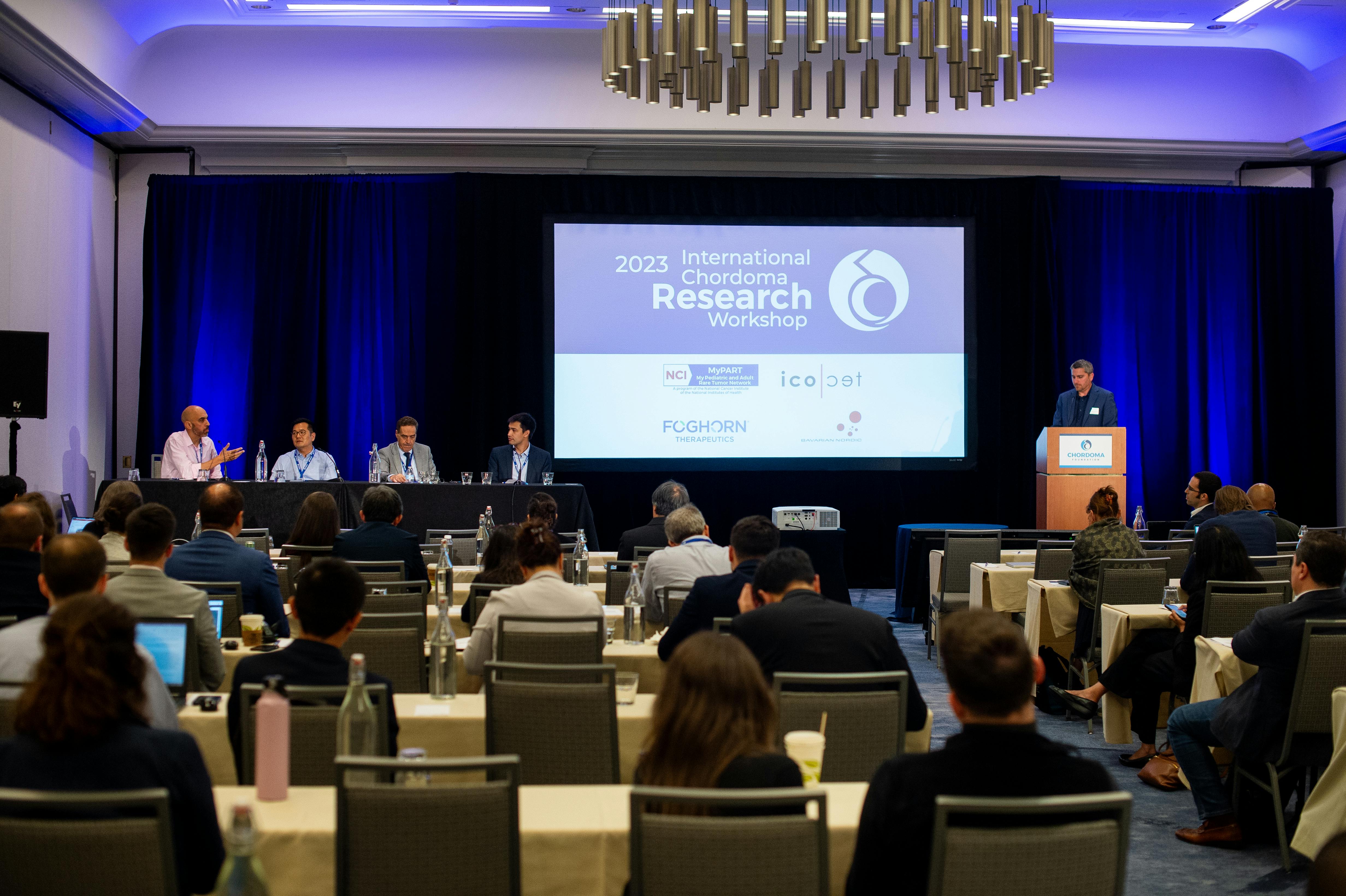
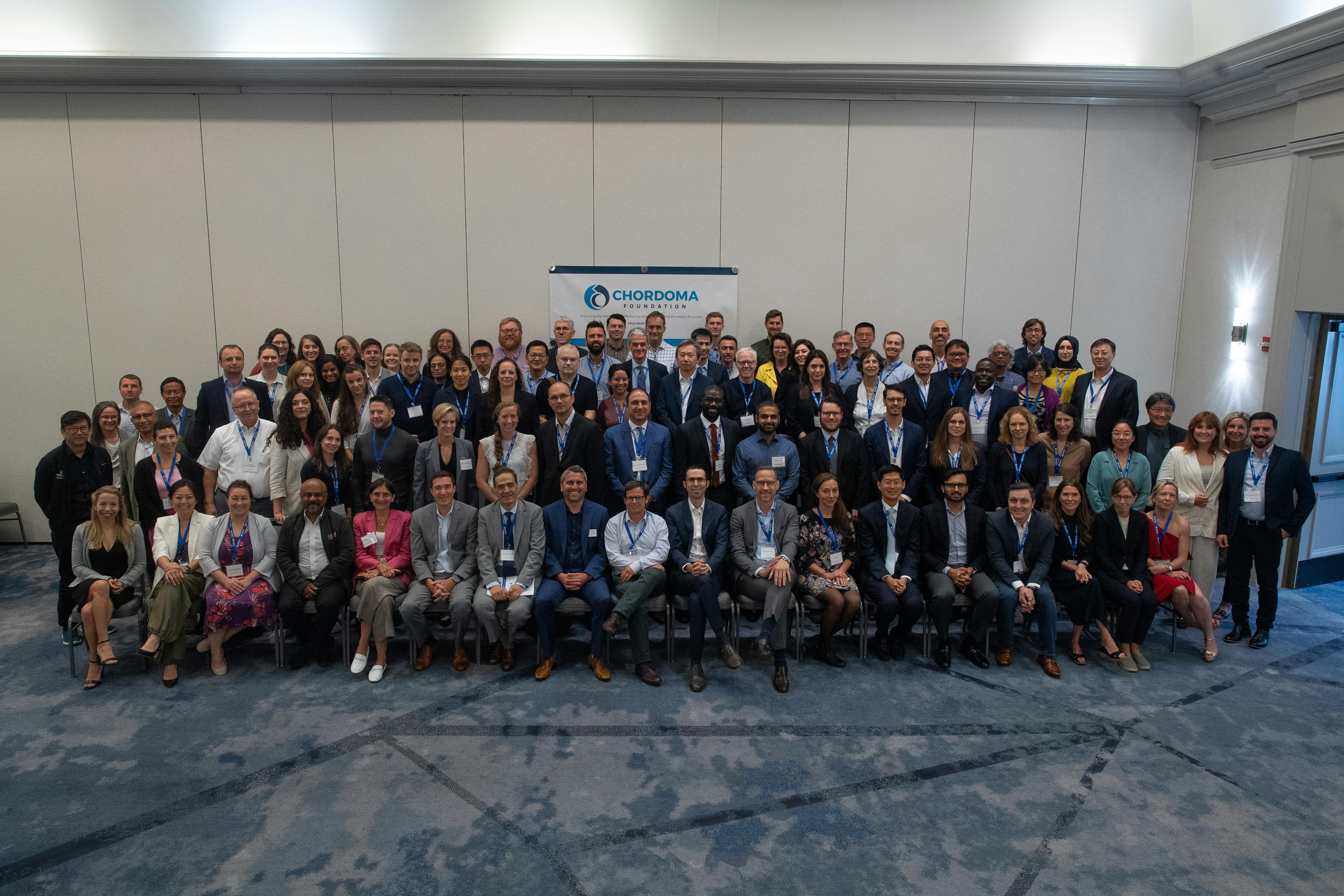
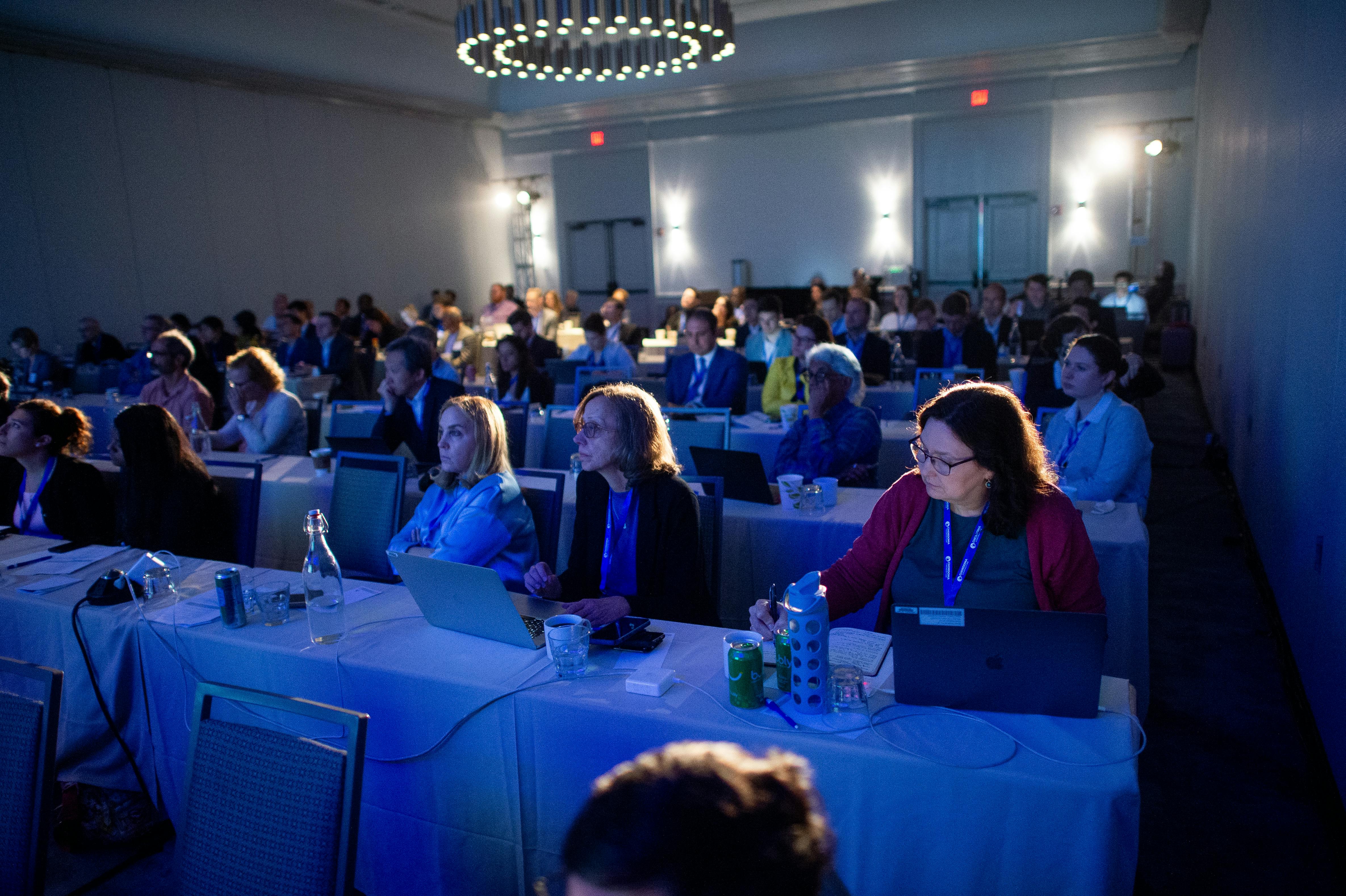

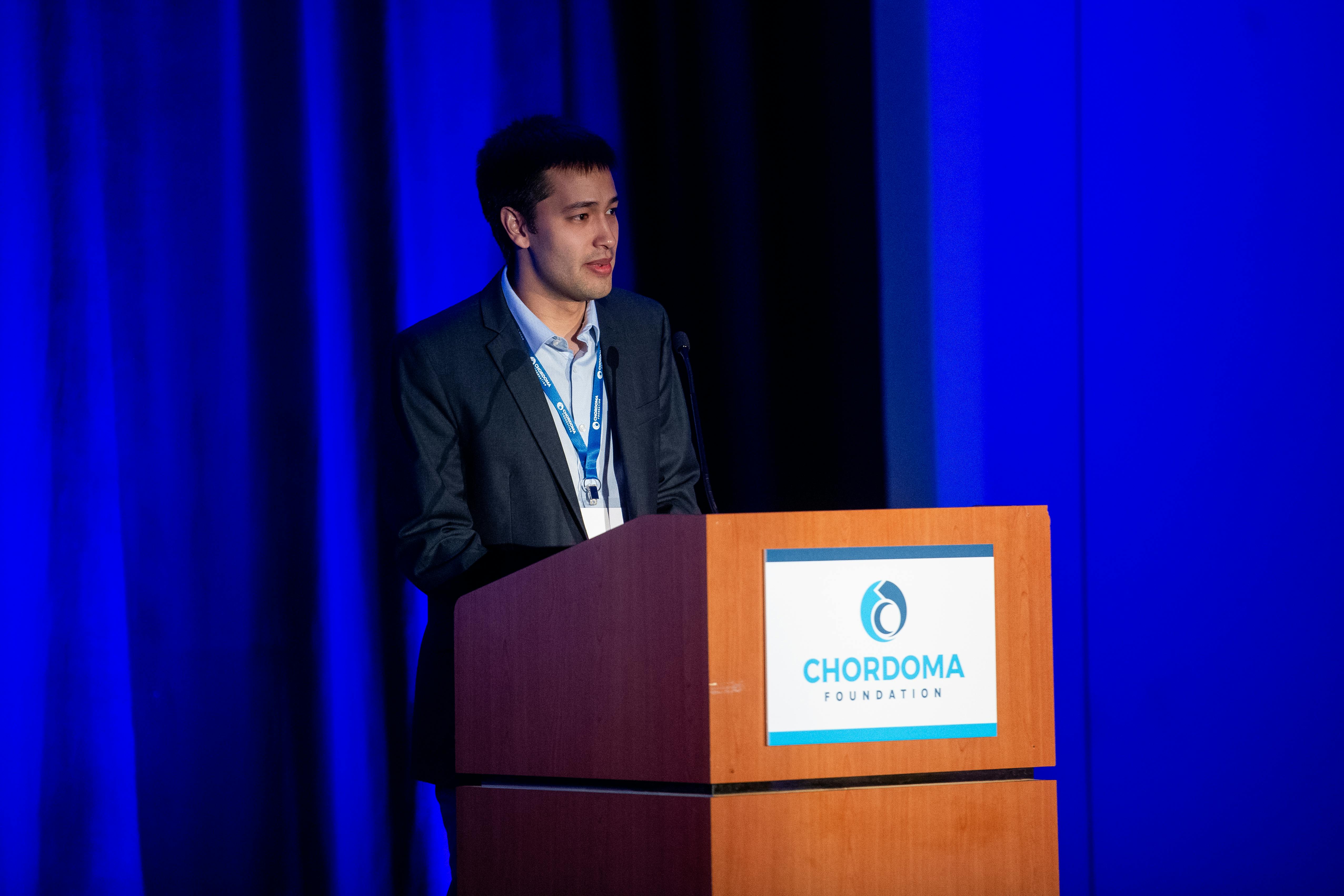

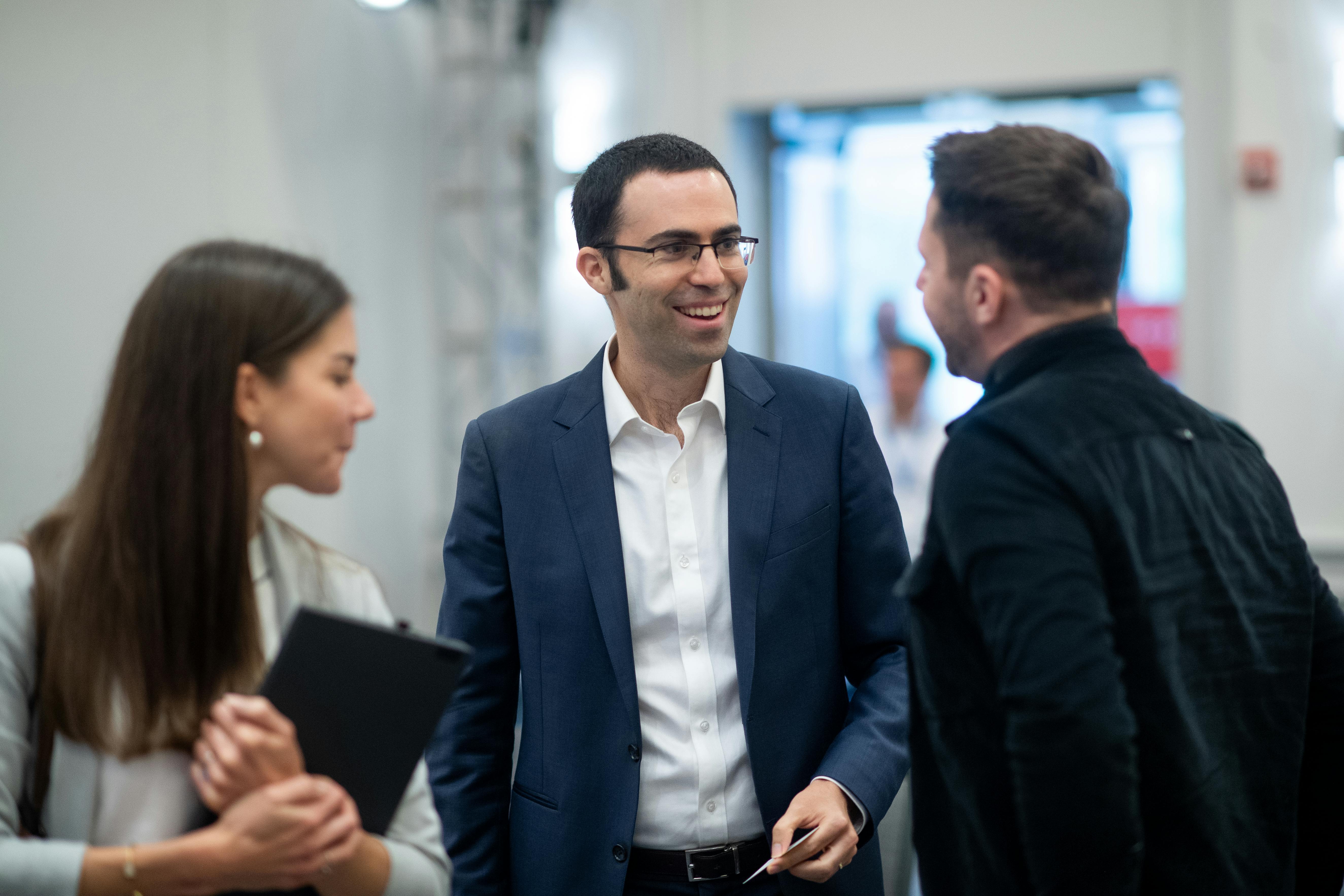
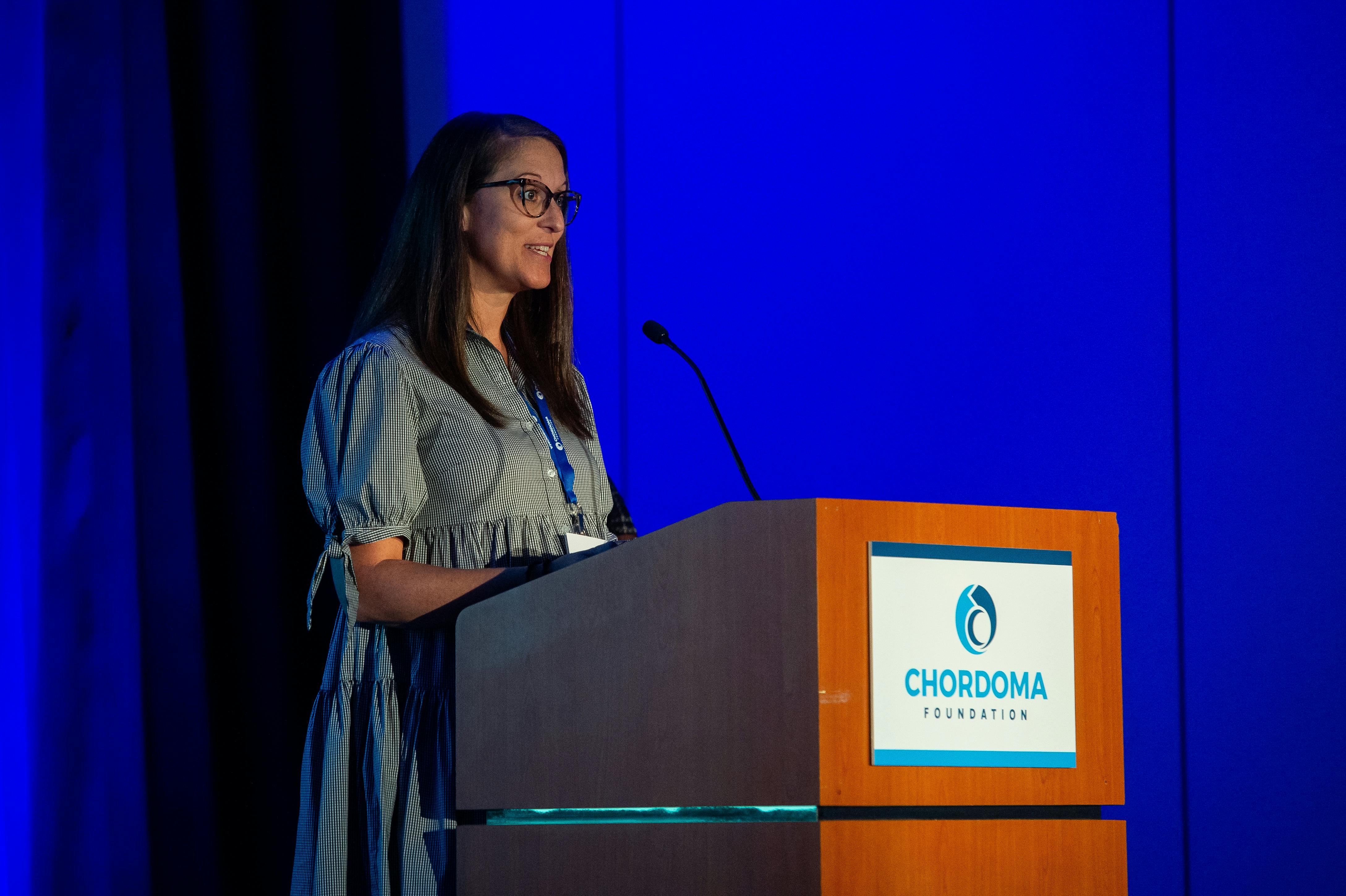
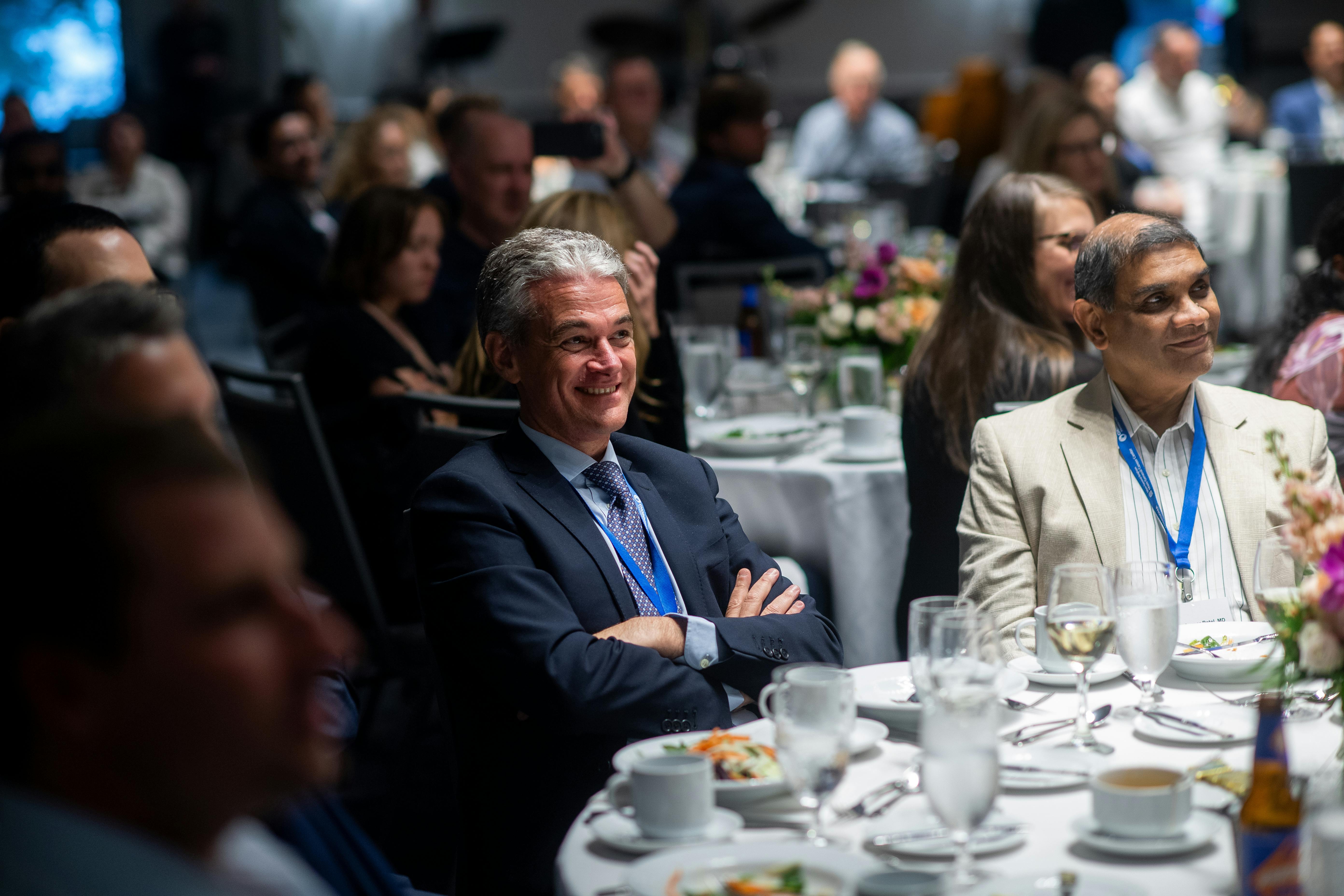
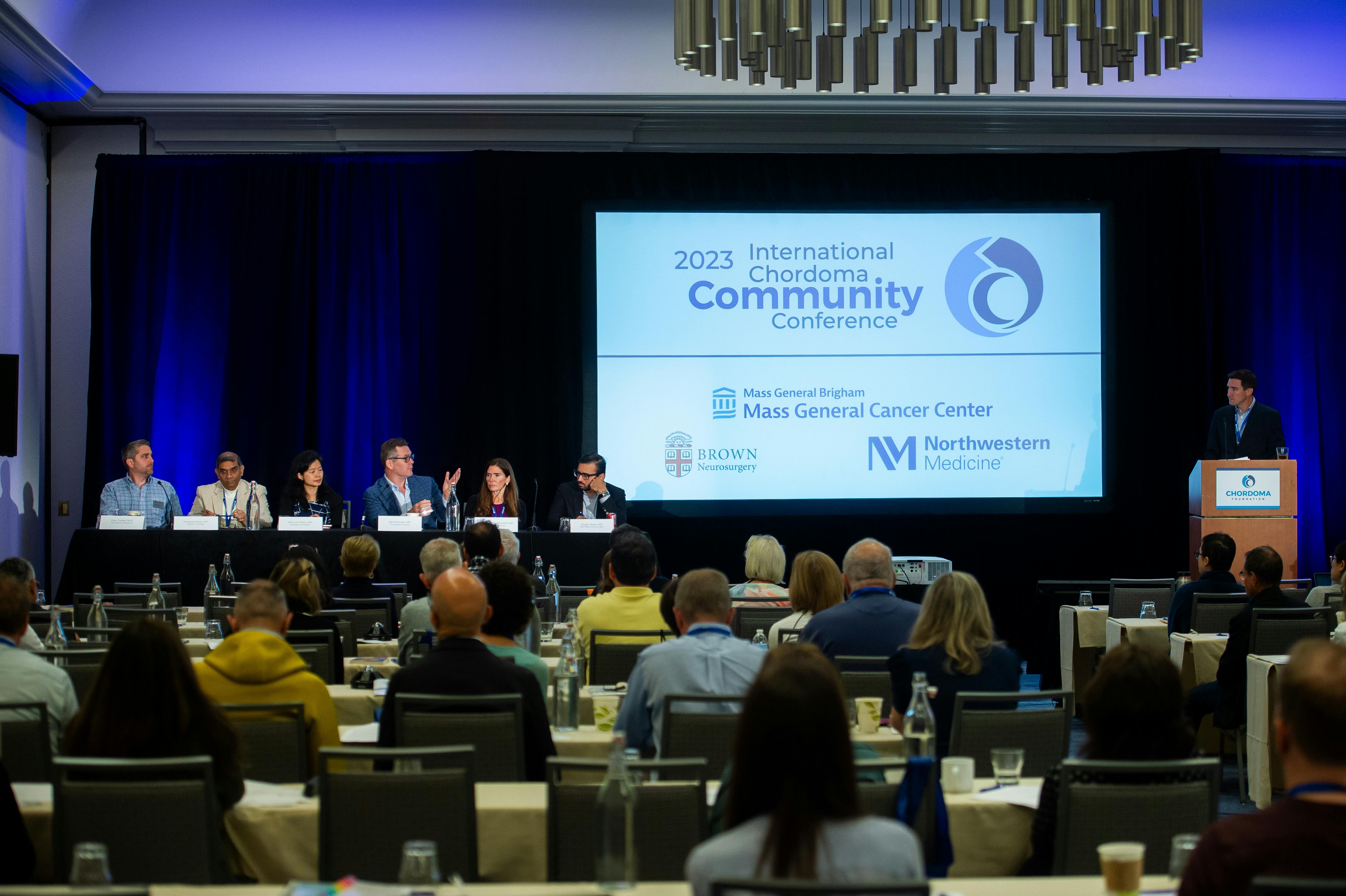
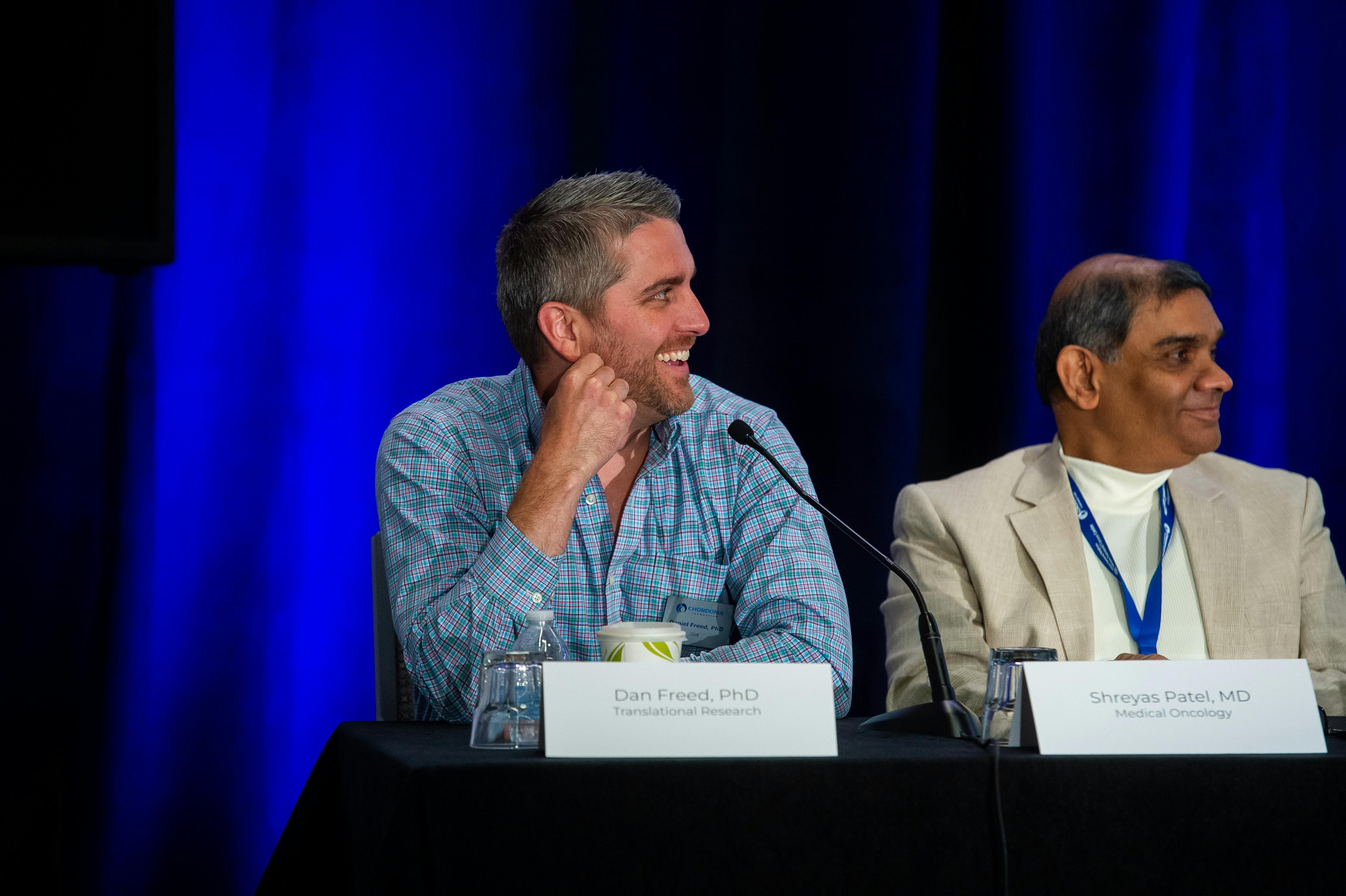

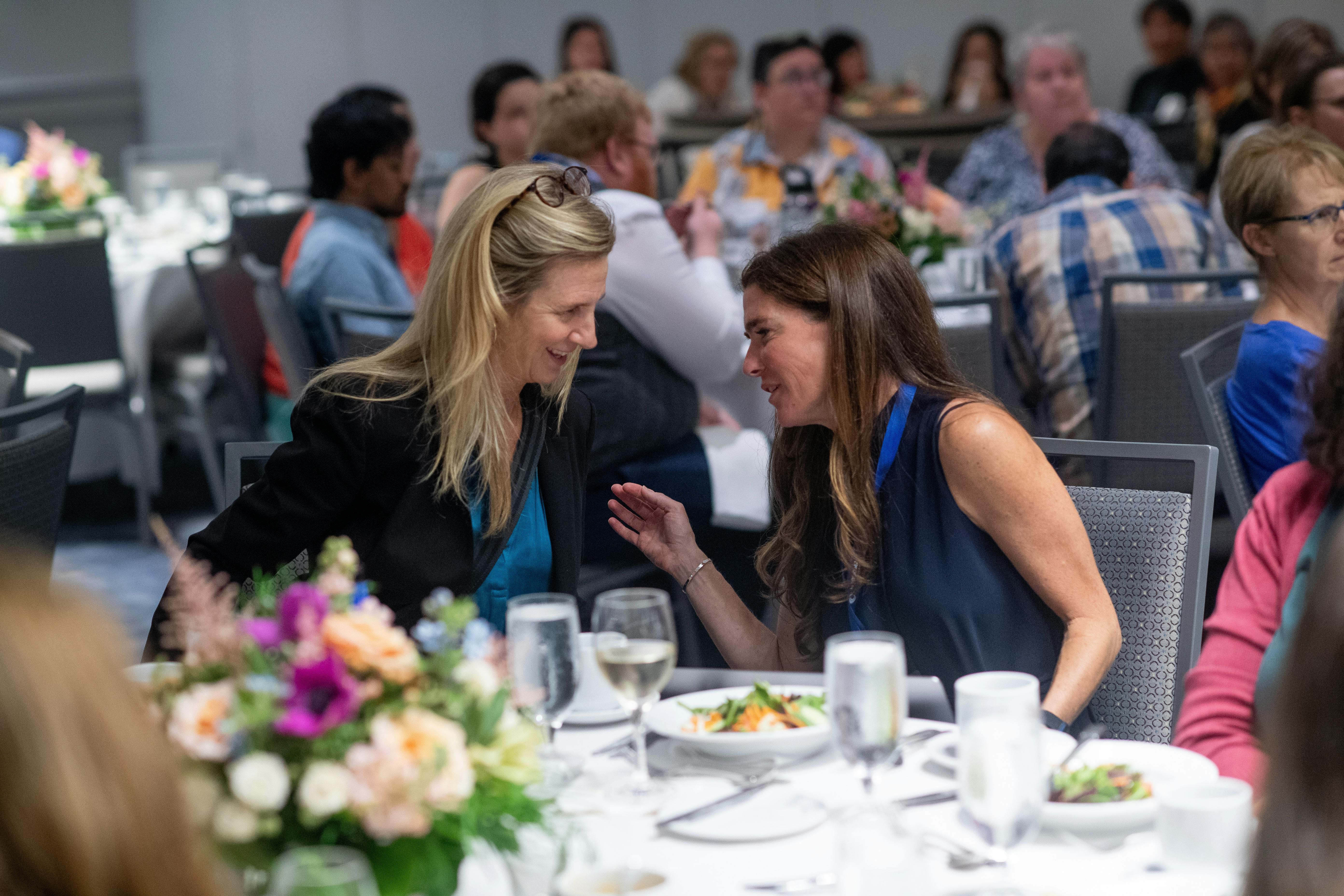

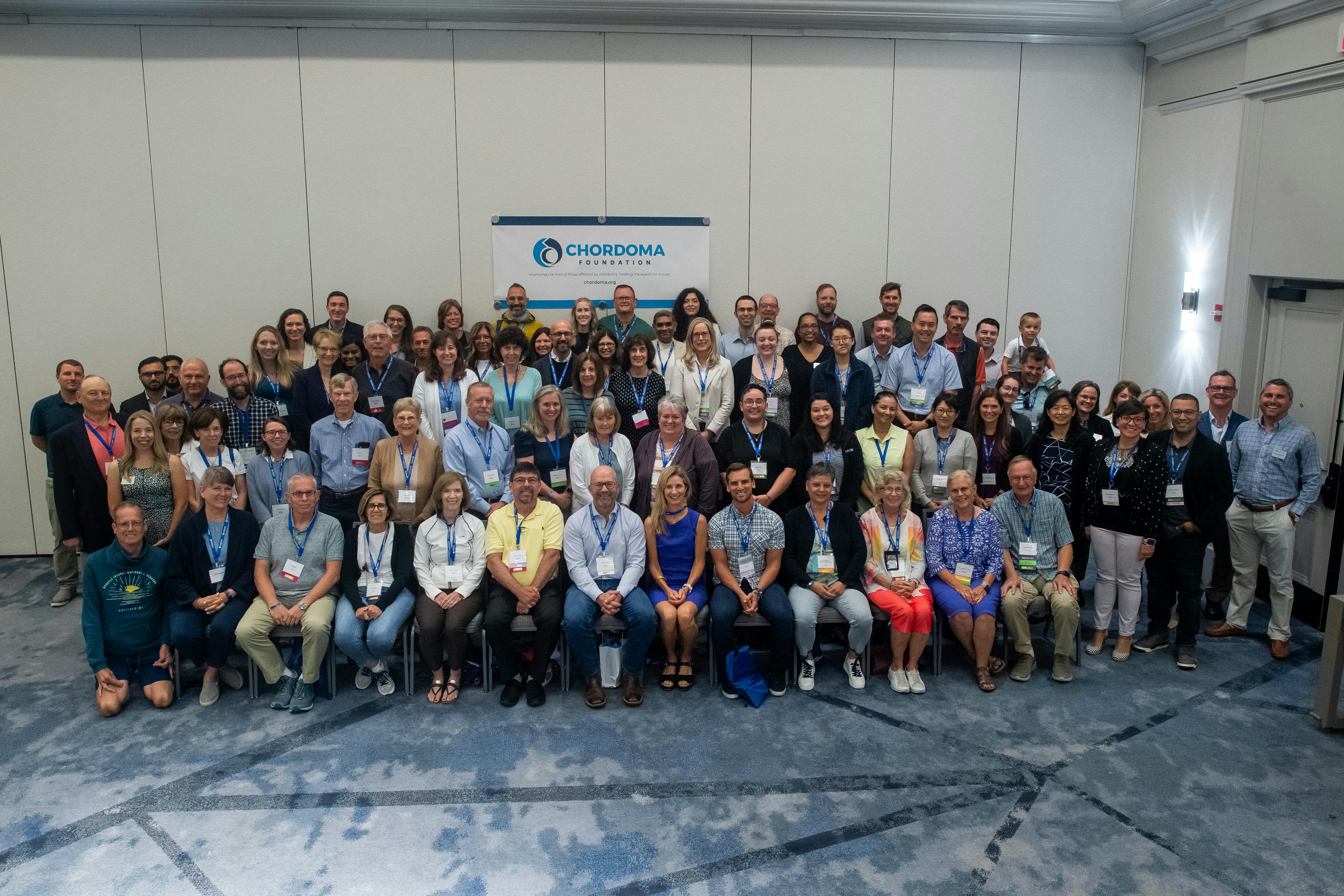
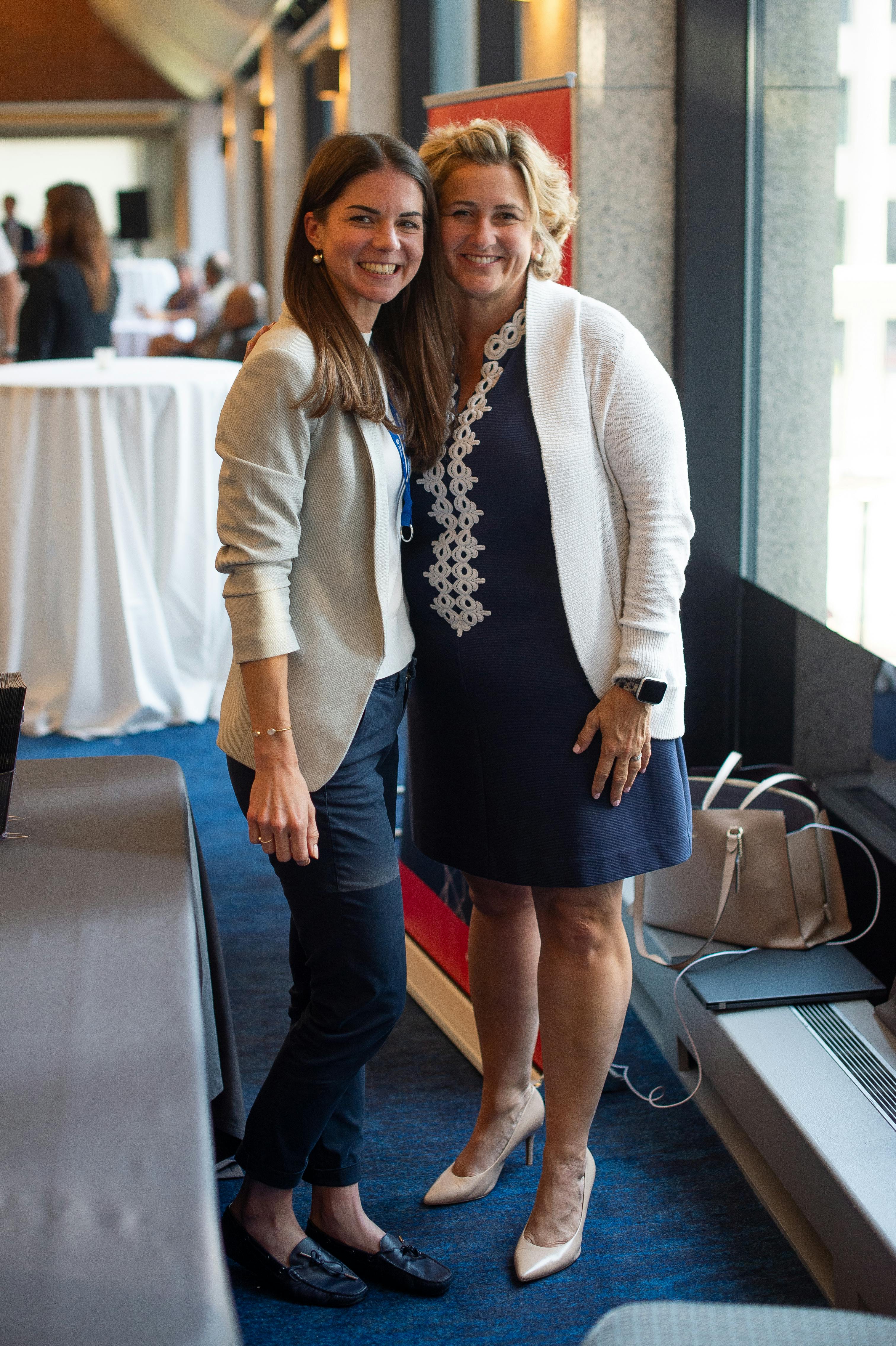
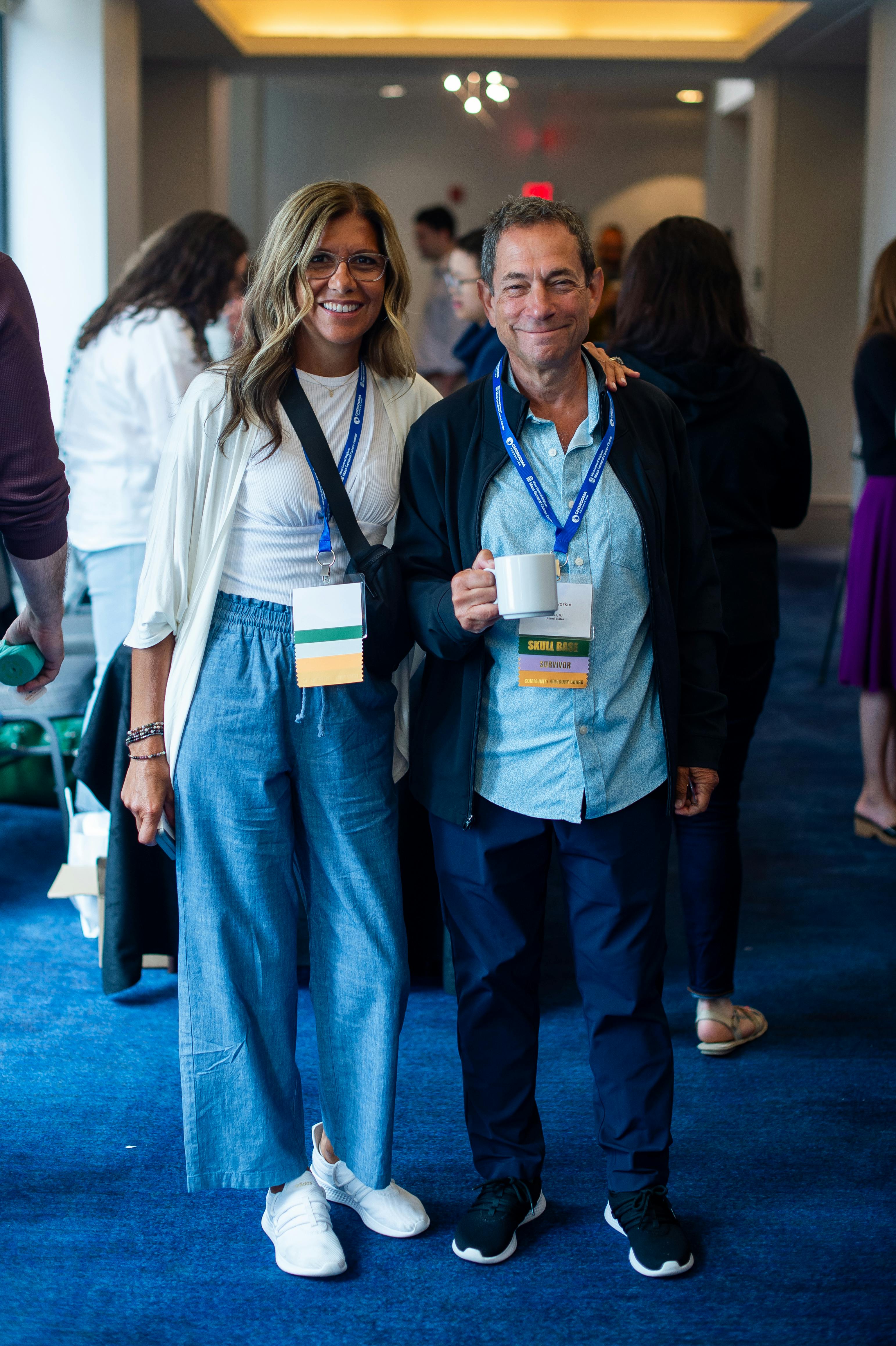
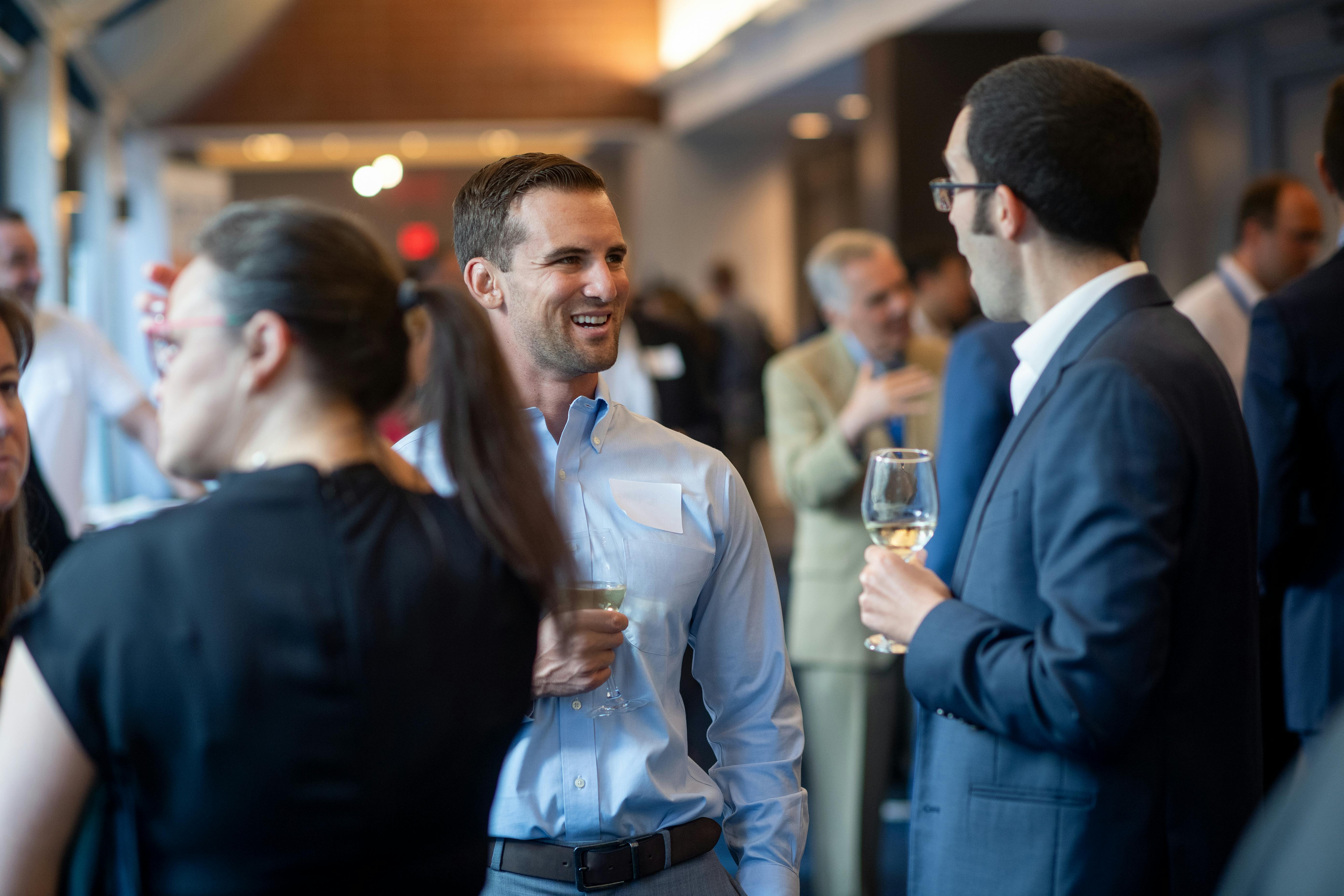
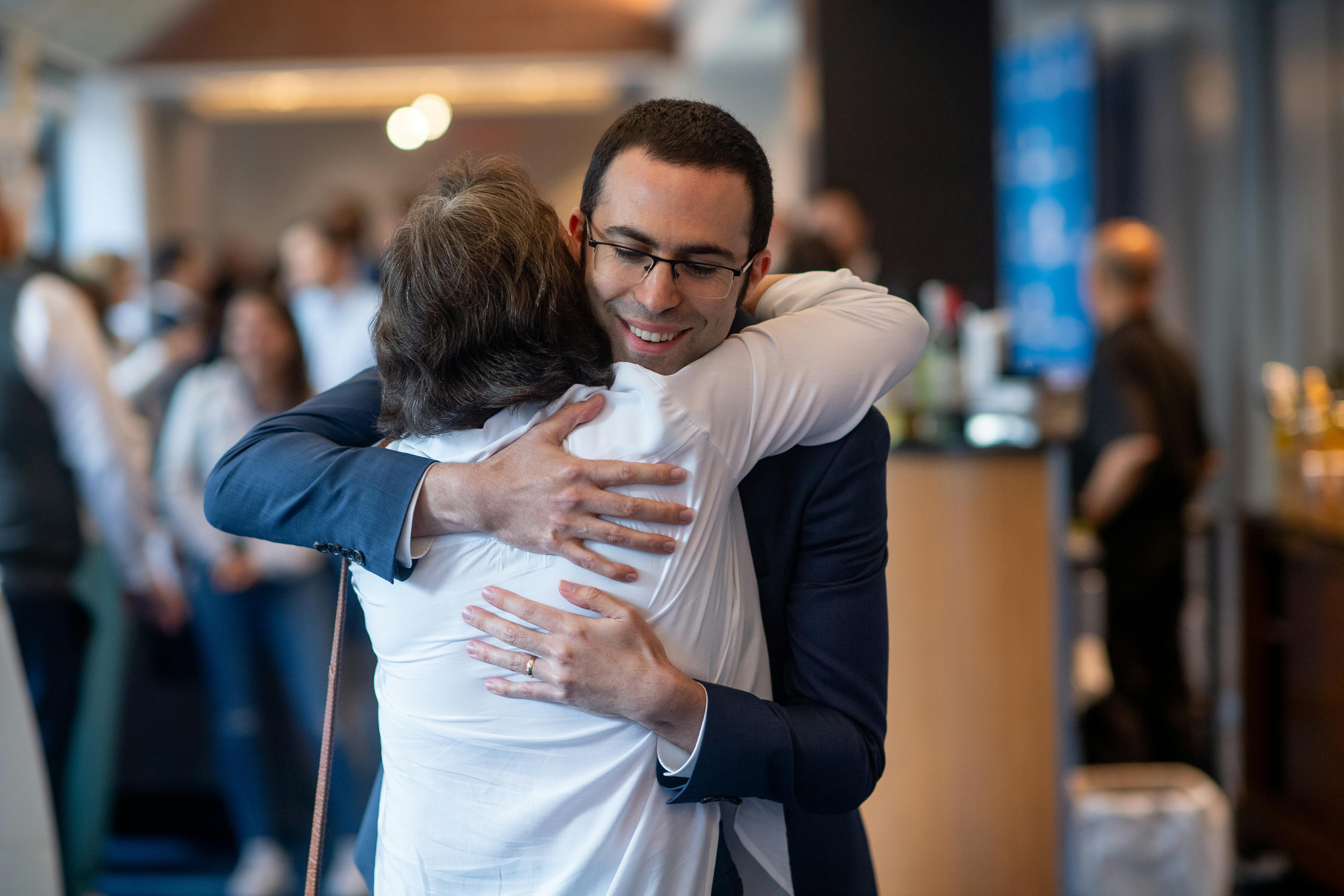
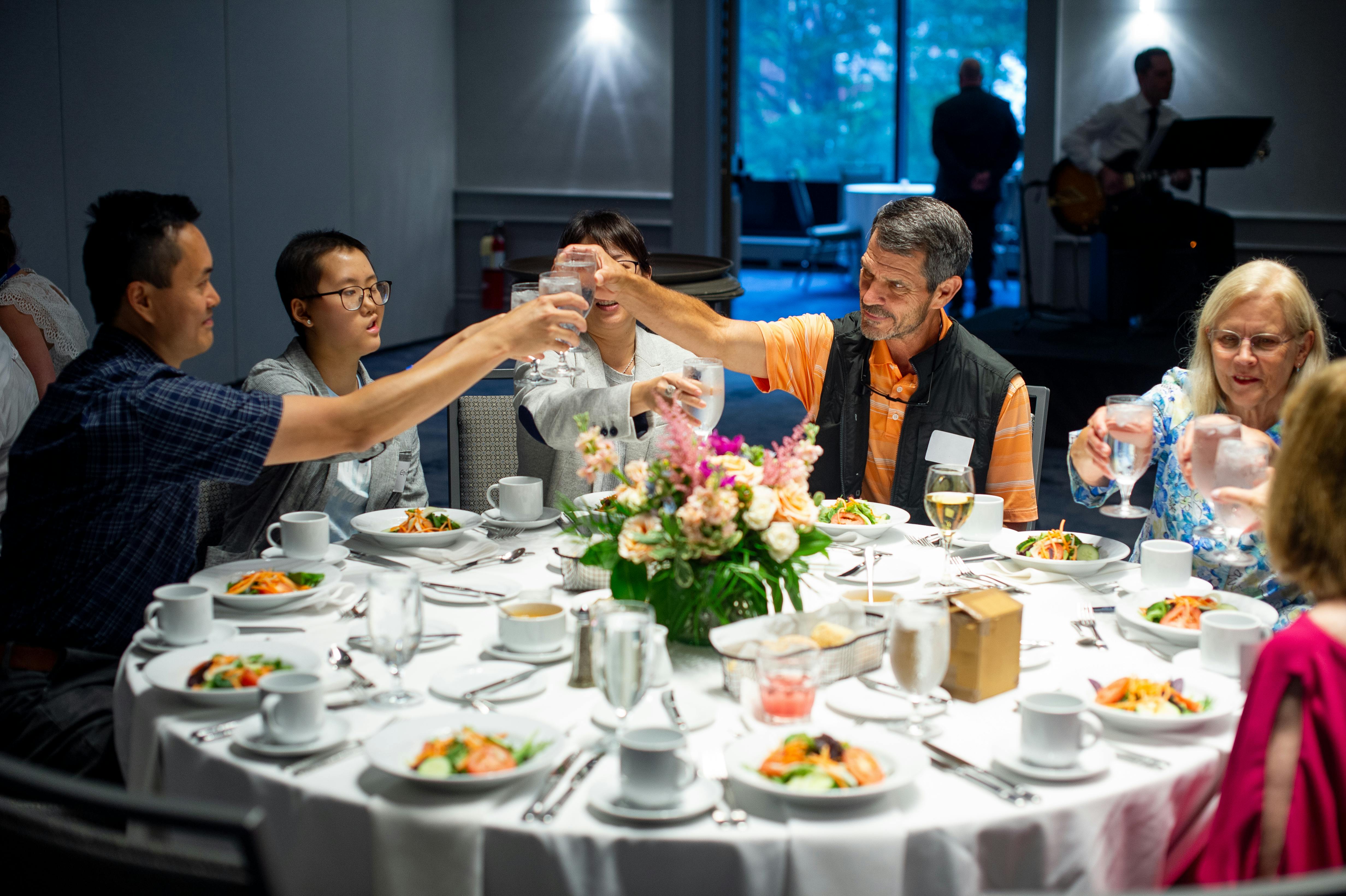
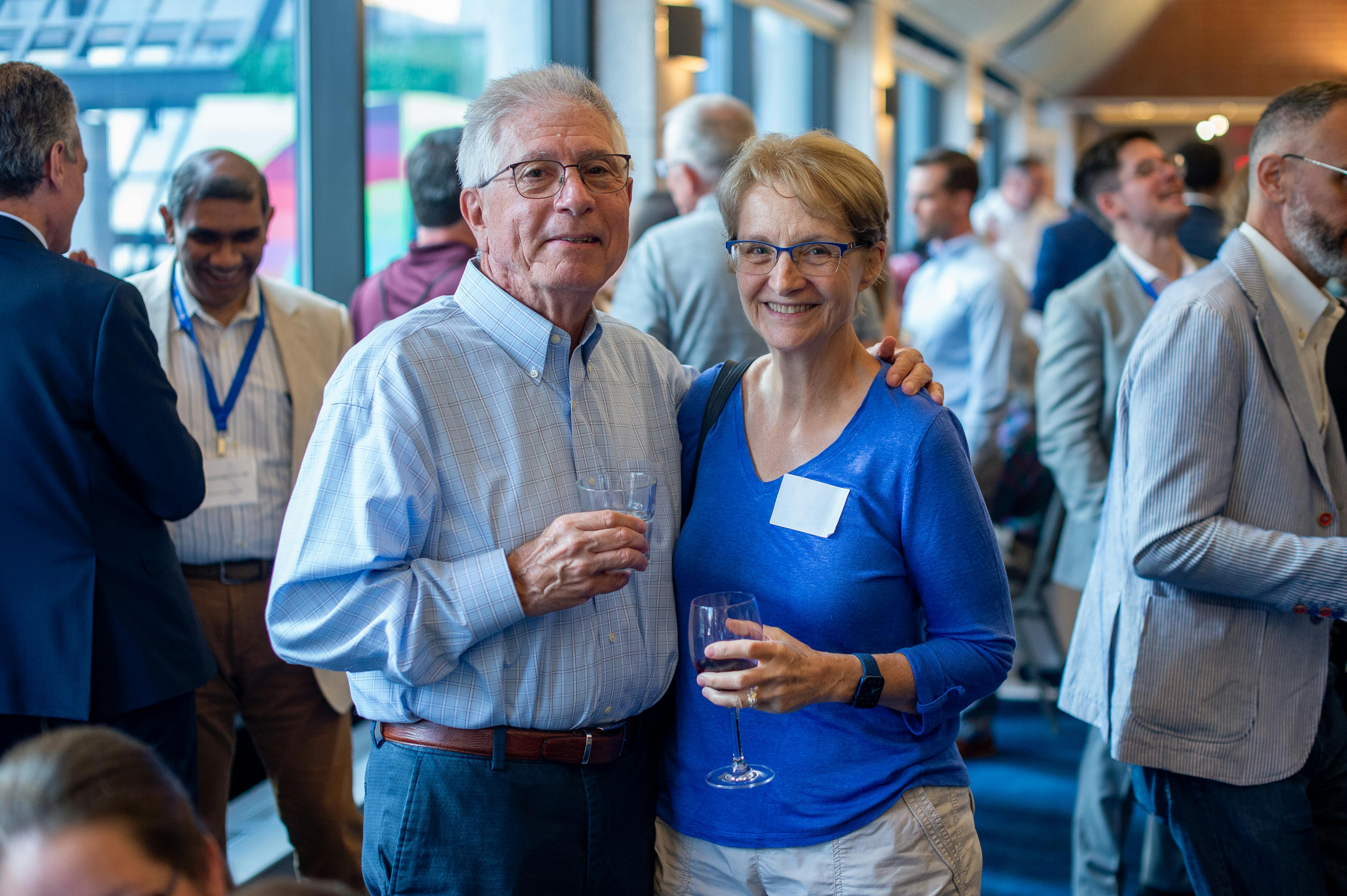
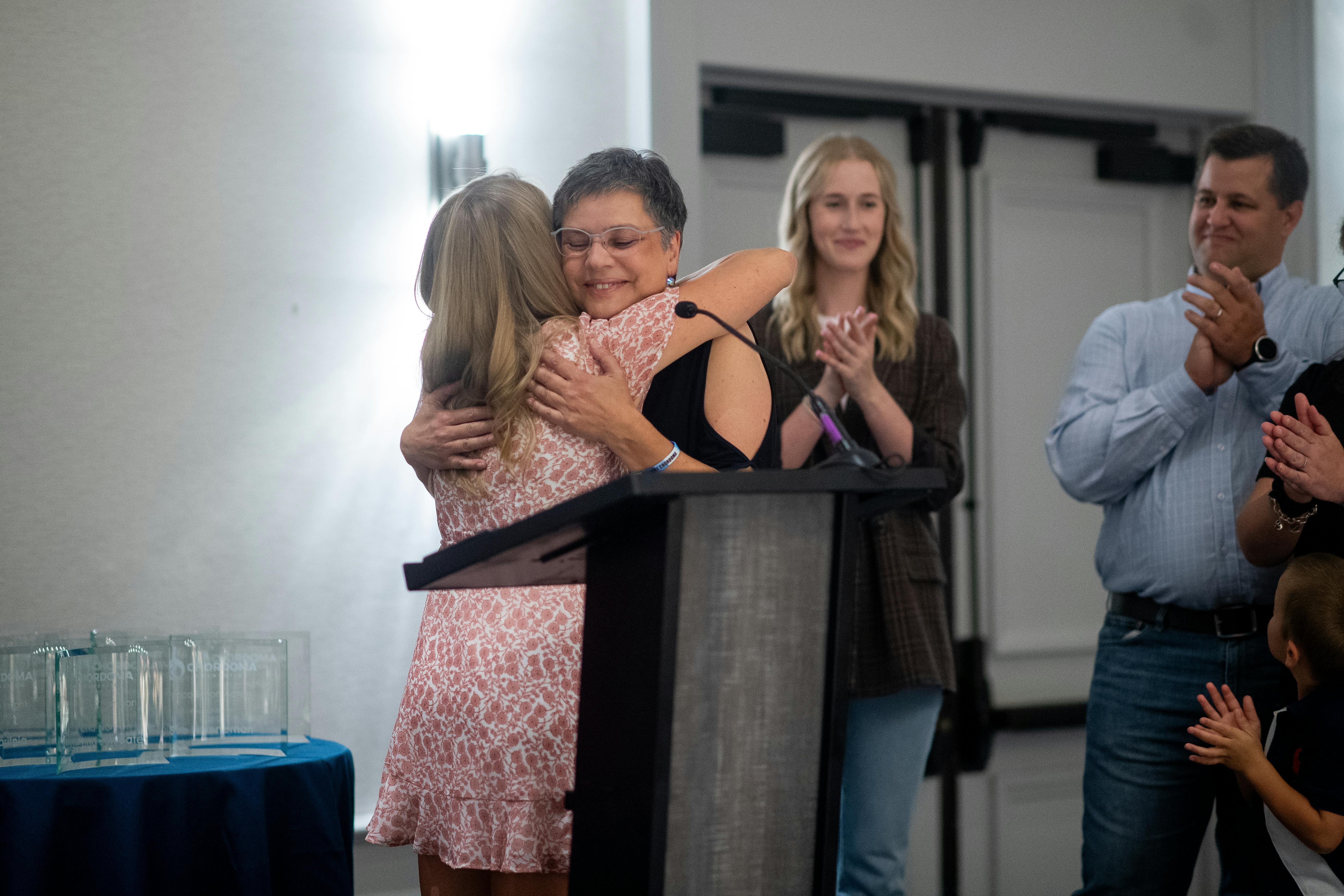

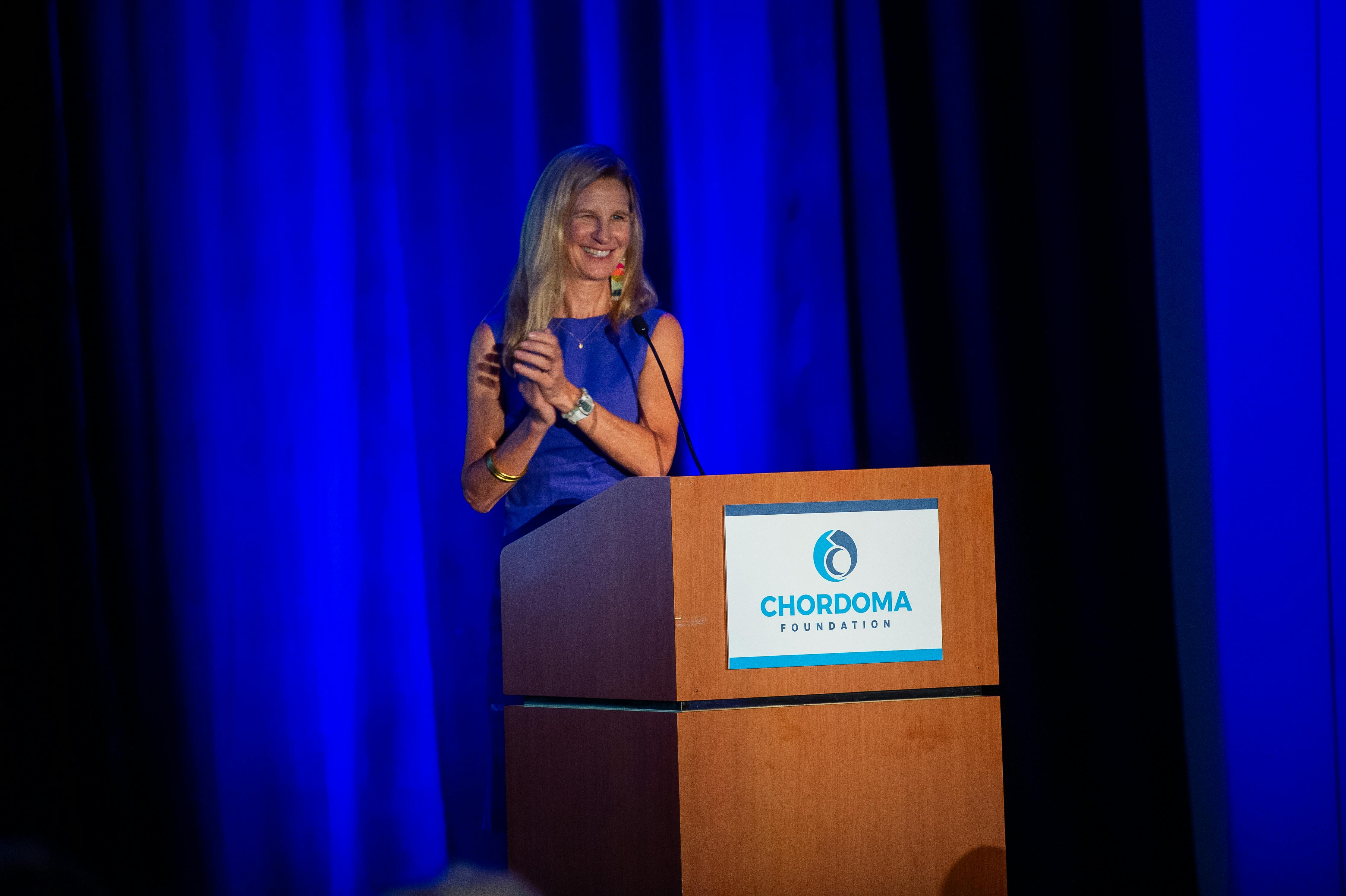
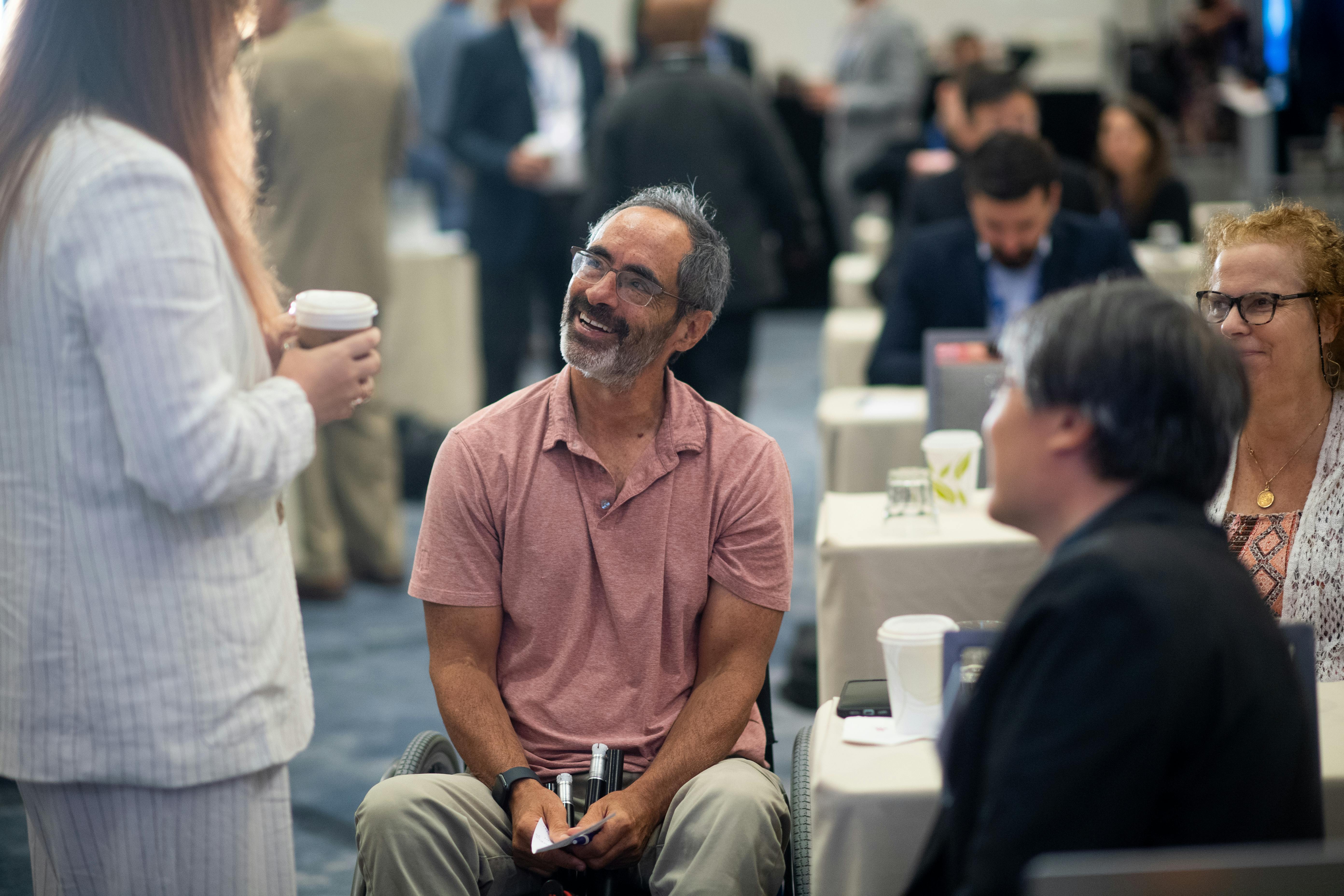
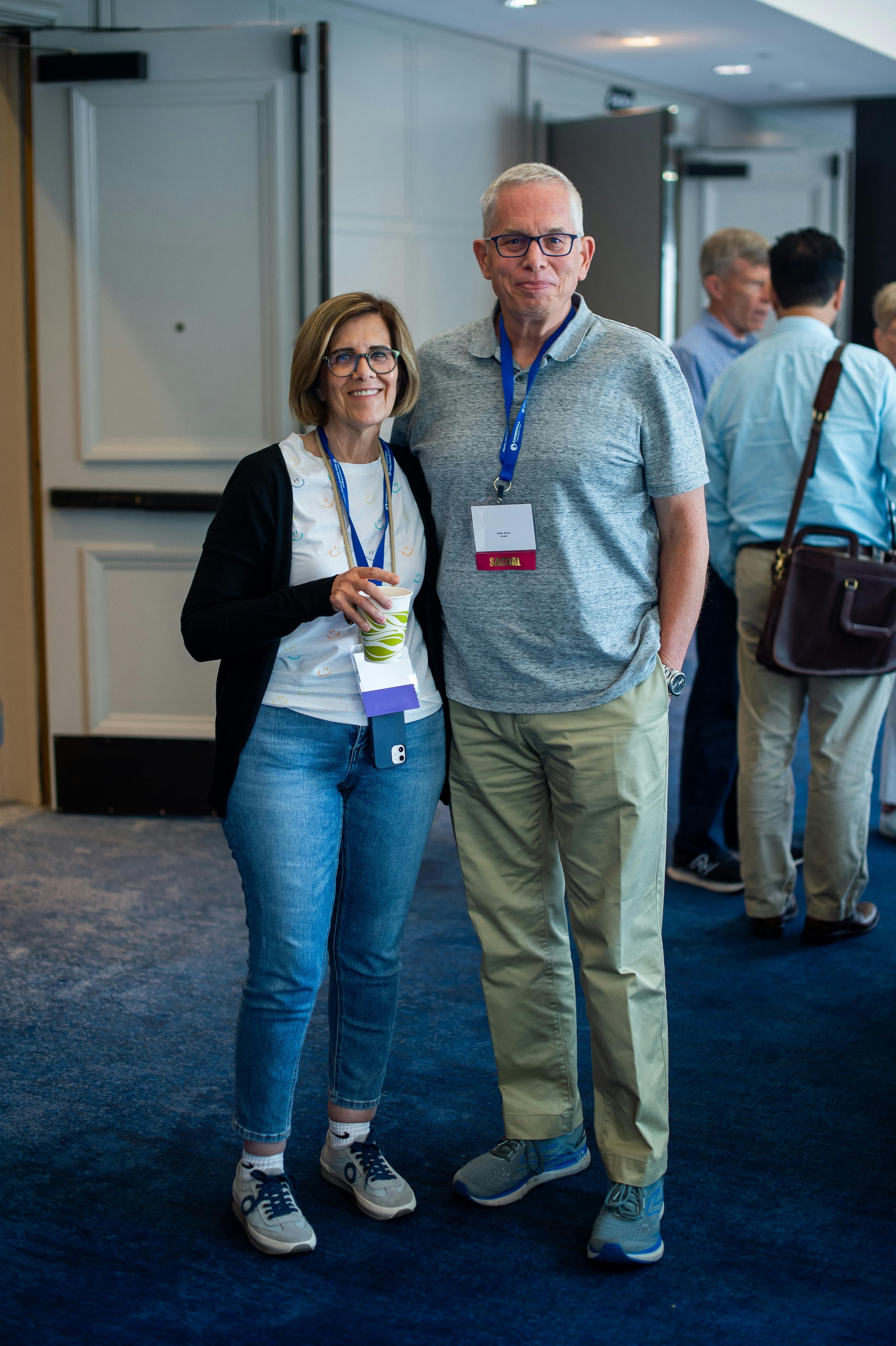
Photos: Ben Resnik Photography
Sign up for our newsletter
To learn about exciting recent research results, newly launched projects, and how you can help drive progress, subscribe to our newsletter.